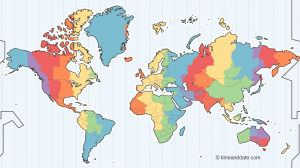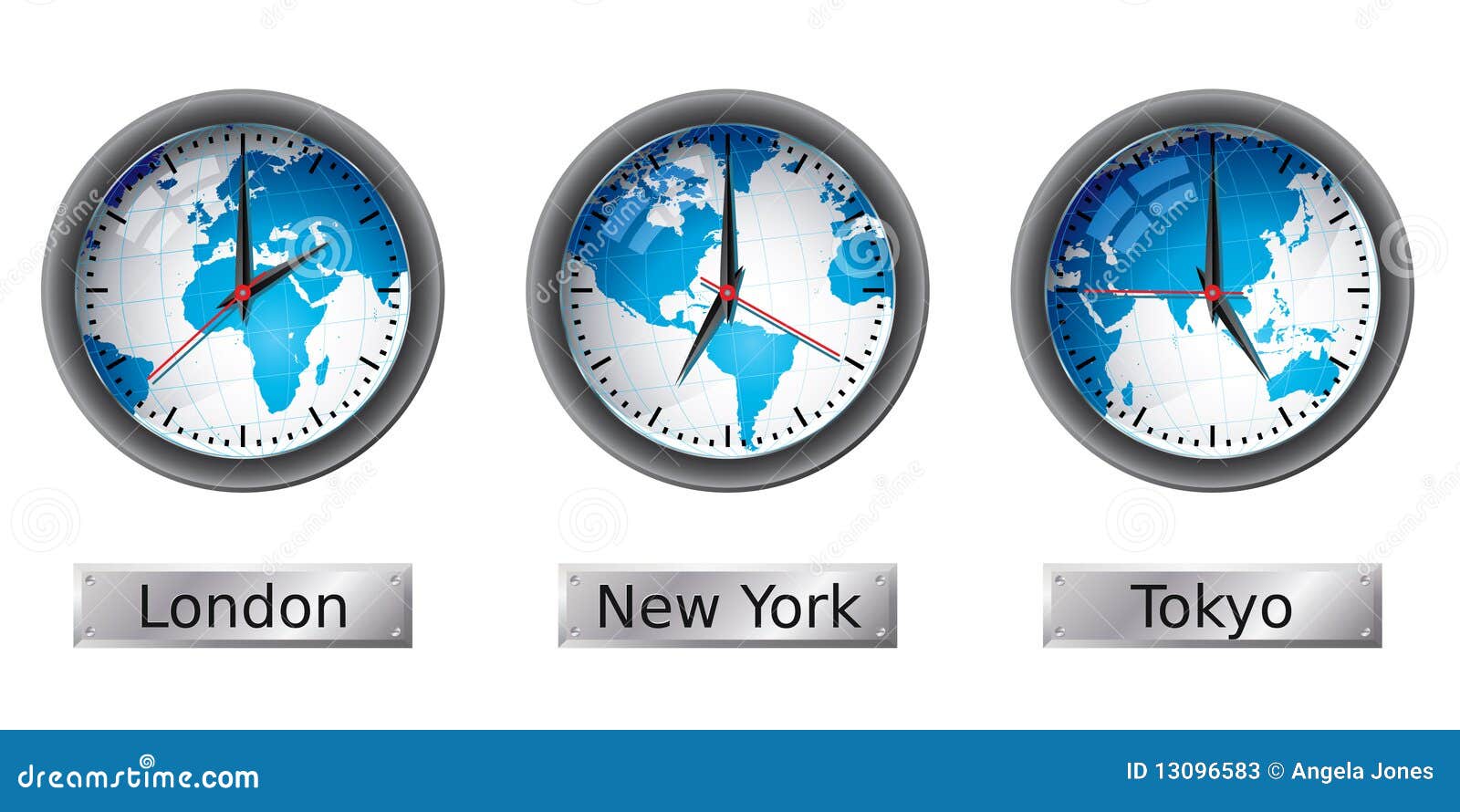

In the United States, Eastern Standard Time, or UTC-5, stretches from the East Coast to western Indiana. In 1883, America adopted four time zones to be used by railways (and therefore everyone else): Eastern Standard Time (EST or ET) Instead, they use a homemade alphabet soup of acronyms. Americans don’t use the GMT or UTC format for labeling time zones. Making sense of American time zonesĮverything in America is a little different, including our time zone lingo. Unless you’re navigating a boat or conducting scientific research, the differences between GMT and UTC would be imperceptible to you. ( Typique.) Coordinated Universal Time in French is universel temps coordonné or, in other words, UTC.

Well, that’s because in order to get the French on board with the system, it was decided the name would be given in French and English. You might be wondering why the acronym for Coordinated Universal Time is UTC and not CUT. It is coordinated and universal because it is used around the world. What is Coordinated Universal Time (UTC)?įor complicated reasons that have to do with the rotation of the Earth and advancements in measurements in time, scientists in the 1960s introduced a more sophisticated and precise time standard known as Coordinated Universal Time. And so on, so that there are in total 24 potential time zones around the world … although some places, like China, set their own rules.

In France, 15⁰ degrees east across the channel, it is GMT+1, indicating that the standard time in France is one hour ahead of the standard time in England. The name for England’s time zone is GMT+0. In 1884, the International Meridian Conference agreed that GMT was going to be the benchmark for all time zones around the world. The first public declaration of Greenwich Mean Time, or GMT, was made in 1833. It was decided that the mean time-in other words, the time after correcting for changes in the apparent lengths of days caused by the Earth’s rotation around the sun-in Greenwich at the prime meridian was going to be the standard. Up until then, towns and regions were able to set their own time as they saw fit. The UK was in need of a standard time to keep the trains running on schedule. The prime meridian is the longitude (line stretching north to south) that is considered the anchor or central point of a map, labeled 0⁰.įast forward to the 1800s. In 1721, the Royal Observatory began to use Greenwich as the location for the UK’s prime meridian in map making and navigation systems. That’s when the Royal Observatory in Greenwich (pronounced ) was commissioned by King Charles II for the purpose of studying cartography, geography, meteorology, and related subjects (including time). To understand how we ended up with the time zones we are familiar with today, we need to go all the way back to 1675. But how were these time zones decided upon? Who declared Greenwich Mean Time (GMT)? Within a time zone, everyone has the same time. Time zones were first established in the UK and elsewhere in the mid-1800s, largely in response to new communication methods such as the telegraph, and new steam engines on trains and boats that accelerated travel. S tandard refers to the fact that it is the official time in that area. First of all, what is a time zone?Ī time zone is a geographic area, typically 15⁰ longitude wide, that shares the same standard time. Let’s synchronize our watches and cover some of the key lingo related to time zones. Amazing!īut, even though we don’t need to pay as much attention to time zones these days, that doesn’t mean they don’t still impact our lives. Another benefit of this technology? The clock on our smartphone automatically changes when we enter a new time zone. We all have clocks in our pockets-our smartphones.


 0 kommentar(er)
0 kommentar(er)
